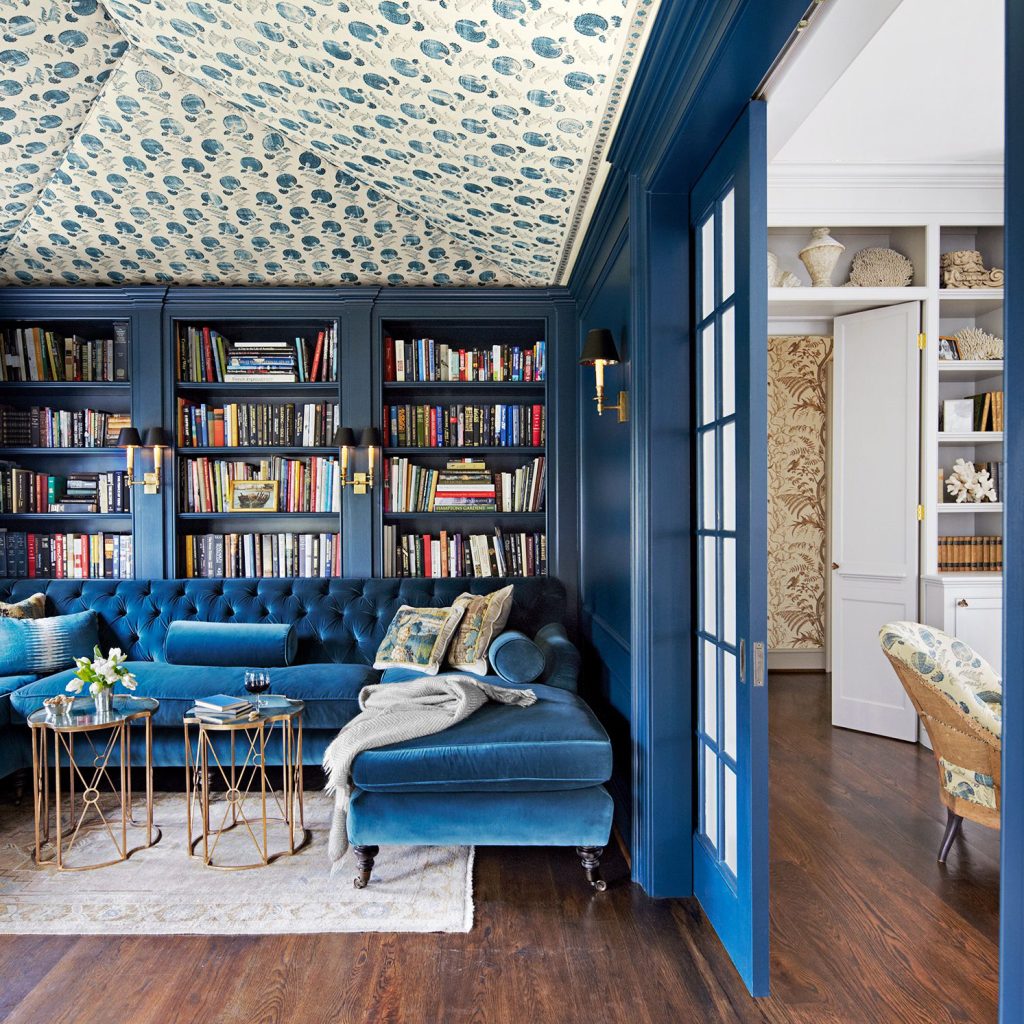
Unleashing the Untamed Beauty: Exploring the Enchanting World of the Wild Chandelier
Introduction
Chandeliers have long been an emblem of luxury and grandeur, illuminating prestigious venues such as palaces, hotels, and theaters. However, with the growing trend of incorporating wild elements into interior design, a new kind of chandelier has emerged – the wild chandelier. This article will dive deep into the world of wild chandeliers, exploring their origins, designs, and unique features.
Origins of Wild Chandeliers
Wild chandeliers take inspiration from nature, with a particular focus on organic shapes and materials. It is said that the first wild chandelier was created by the renowned designer Ingo Maurer, who in 1992 combined crystal drops with light bulbs to form an installation called “Zettel’z.” Since then, many other designers have embraced this concept, creating their own versions of wild chandeliers.
Designs of Wild Chandeliers
Wild chandeliers are characterized by their unconventional designs. Instead of the typical symmetrical and geometric shapes found in traditional chandeliers, wild chandeliers often feature asymmetrical and irregular forms. Many designers also utilize unconventional materials such as feathers, leaves, and branches to create a more organic look.
One notable example is the “Tara” chandelier by Banana Leaf, which combines natural banana fibers with sleek LED lights. Another example is the “Era” chandelier by David Trubridge, which takes inspiration from the shape of coral and consists of multiple organic-looking modules.
Unique Features of Wild Chandeliers
In addition to their distinctive designs, wild chandeliers also have unique features that set them apart from traditional ones. Firstly, many wild chandeliers are customizable, allowing buyers to create their own unique designs or select specific elements to match their personal style. Secondly, some wild chandeliers are designed to be interactive, featuring movable parts or the ability to change colors or patterns. Lastly, wild chandeliers often incorporate eco-friendly and sustainable materials, reflecting the growing trend of environmentally conscious design.



